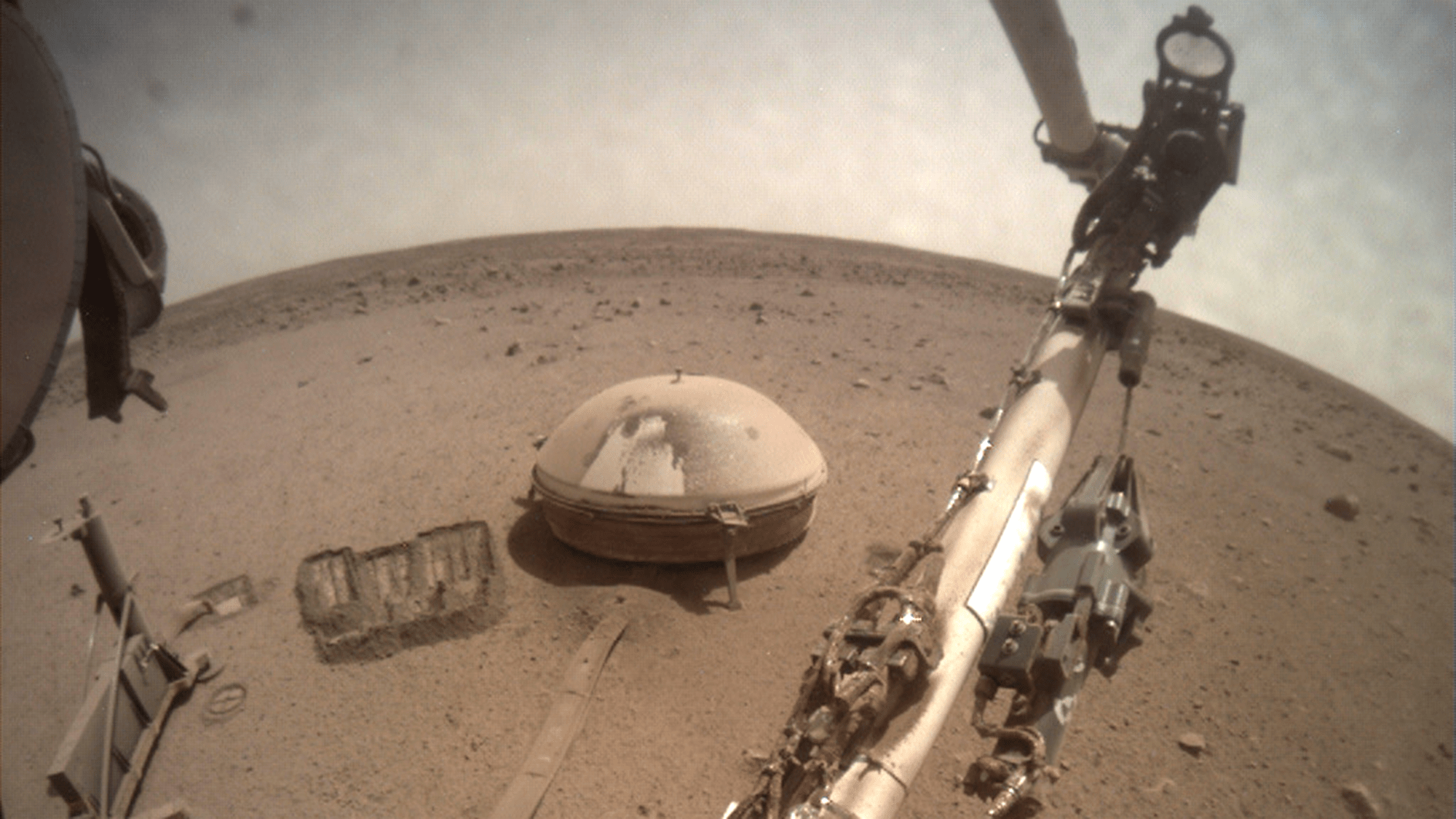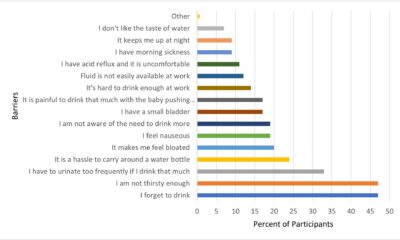Technology
Data from NASA suggests that there is liquid water deep beneath the surface of Mars

One of the prerequisites for life as we know it is liquid water – and it is direct evidence that it ever existed on Mars. However, that was billions of years ago, and today the temperature on our planet is the same well below the freezing point of watermeaning all water is present near or on the surface almost certainly frozen solid.
However, a new study published on August 9 Proceedings of the National Academy of Sciences suggests that there may be liquid water on Mars today – or rather: in Mars. The study suggests that liquid water exists deep, deep in the Martian crust – at least five miles deep, and possibly as far away as 12 miles.
This means it’s unlikely we’ll ever be able to study this water directly the notes accompanying the publication of the research We point out that even on Earth, drilling even a kilometer into the Earth’s crust is extremely difficult. Even if the necessary equipment could somehow be transported to Mars, any drilling operation on the red planet would most likely be just as challenging, if not more so: as Michael Manga, one of the study’s co-authors, explains to Popular science, “[Mars’s] low gravity might help a bit. But it takes a lot of mass and energy to drill. [On Earth]we also normally circulate a lot of fluid (water, mud) to aid in drilling. These would probably have to be transported to Mars.”
However, it is this sheer inaccessibility that allows water to exist in liquid form in the first place. Manga says the heat of the planet’s core and ambient pressure are the main factors: “At these depths, water would be liquid, not ice. Given what we expect from the heat flow coming from Mars, the water would not be too hot, but the pressure would keep it in liquid form.”
The research is based on data collected by NASA’s InSight lander, which landed on the Martian surface in November 2018 and operated until the end of 2022. The lander collected extensive information about the geology of Mars. Manga explains that this new data was crucial to his team’s approach: “The data from InSight was essential” to this work. “In addition to our research, it turned out that Mars is tectonically active [along with] the thickness of the crust and the size of the core.”
This information allowed the team to construct detailed models of the crust and rock physics, examining multiple combinations of variables such as lithology, water saturation, porosity and pore shape to find the best match to the data. Manga explains that this approach is “similar to the one we use [on Earth] to search for oil and gas, or to determine the properties of aquifers.”
As the paper explains, the team’s results suggest that the InSight data is best explained by “a water-saturated middle crust.” As Manga says, this does not imply the existence of large bodies of water; he says the middle crust is best imagined as “a rock full of cracks, with those cracks filled with water.”
The presence of water deep in the crust of Mars also raises the question of how that water got there and where it comes from. Manga says: “On Earth, subsurface groundwater infiltrated from the surface and we expect this to be similar to the history of water on Mars.” Where the water came from remains a subject of speculation, but Manga notes that “the crust on Mars could also have been full of water very early in its history.”
Be that as it may, this is exciting news, because scientists have hypothesized that if life had evolved on Mars billions of years ago, some remains could remain in exactly the type of aquifers which the study suggests do indeed occur deep in the Martian crust.







